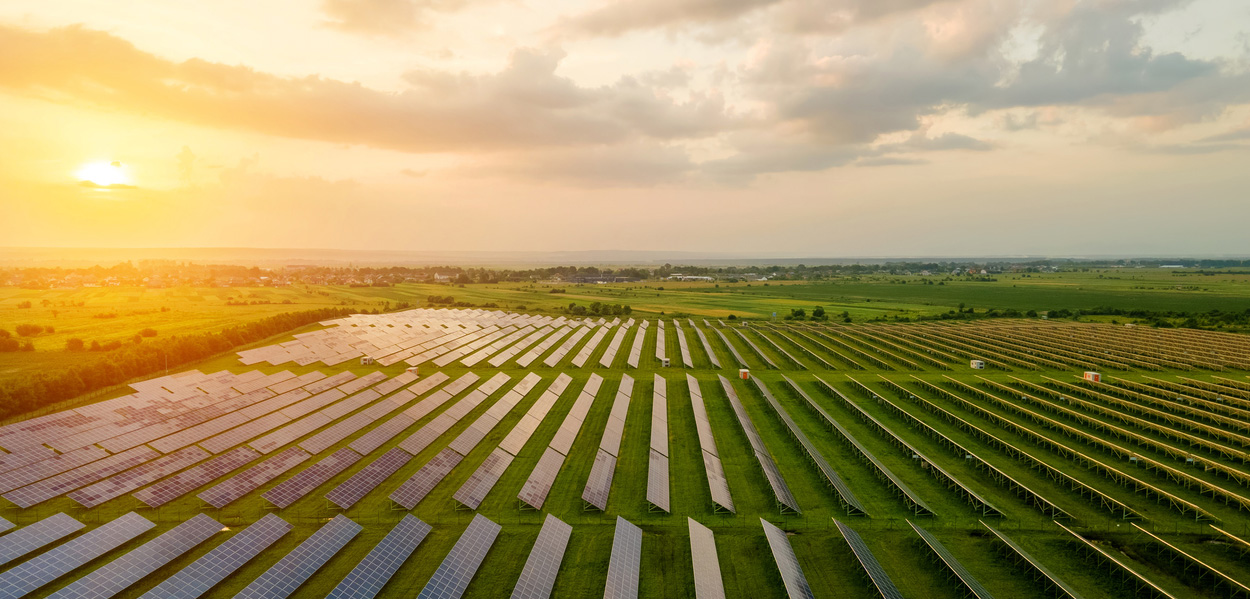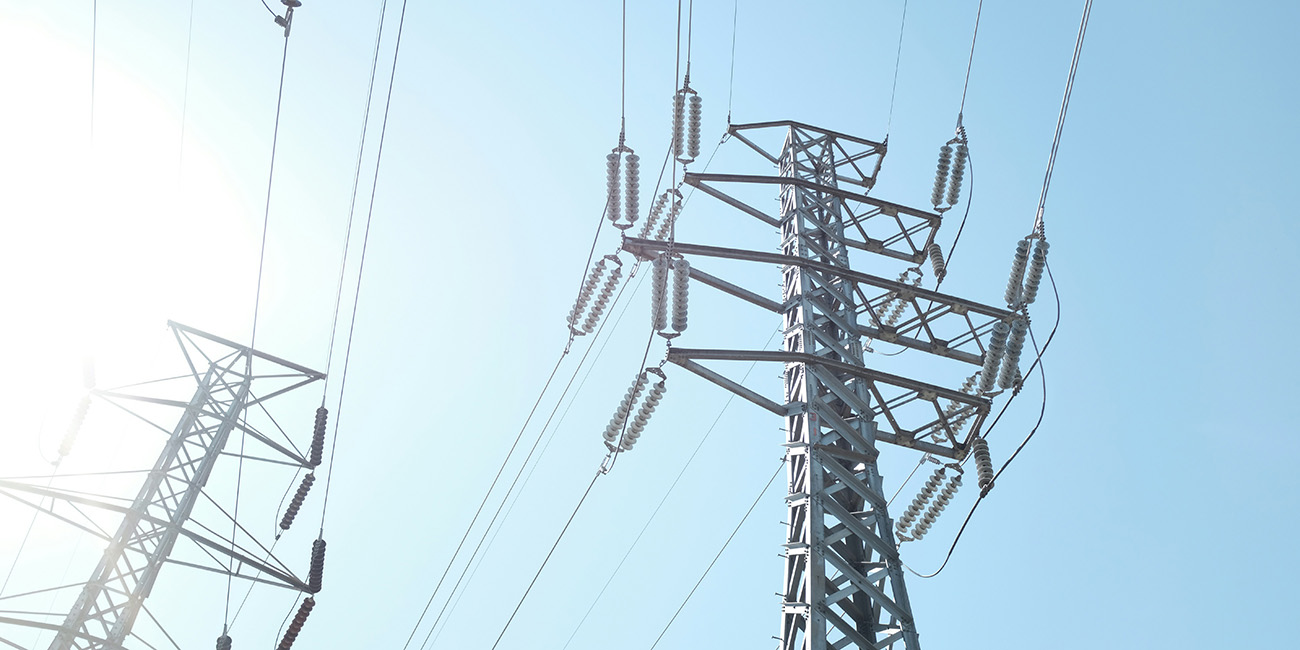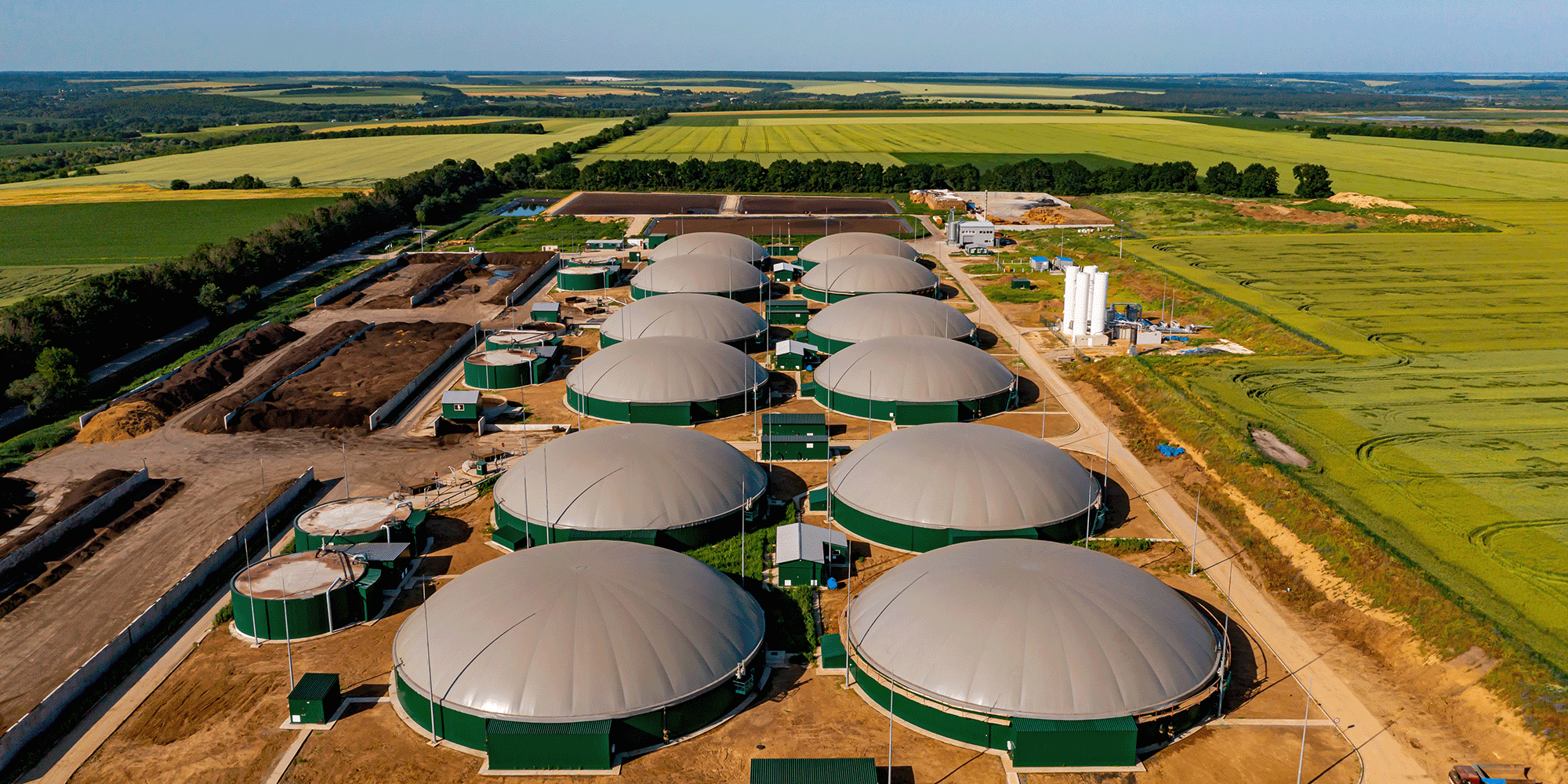Table of contents:
- Why did the term ‘net zero’ become so widely used?
- Is net zero the same as carbon neutral?
- Why are Scope 3 emissions critical, and why should you take responsibility for them?
- What makes a ‘good’ net zero target?
- What standards should I follow to reach net zero?
- Why is net zero critical to sustainability?
Why did the term 'net zero' become so widely used?
The landmark Paris Agreement, signed in 2015, globalised the term net zero. Today, 193 parties (192 countries and the European Union) are part of the agreement that seeks to “achieve a balance between anthropogenic emissions by sources by sinks of greenhouse gases in the second half of this century.”
In other words, the world should reach net zero –– to remove as much CO2 as we produce –– by 2050 to limit global warming under 1.5°C and avoid catastrophic climate change.
Net zero is thus tied to the Paris Agreement timeline, meaning that every credible emissions reduction goal from companies should be too.
Is net zero the same as carbon neutral?
Both terms, net zero and carbon neutrality, imply removing as much carbon from the atmosphere as you emit and have been used interchangeably. However, there are important differences to consider when speaking about science-based goals.
Carbon neutrality, sometimes called climate neutrality, generally indicates short-term targets readily achieved through carbon offsetting. Companies can claim to be carbon neutral even when leaving their own emissions unabated simply by purchasing an equivalent amount of carbon credits as compensation. In short, being carbon neutral does NOT necessarily mean reducing emissions.
Further, carbon neutral targets can be vague as to what Scopes –– areas of a company’s operations –– they consider. Companies usually set their own timelines and are not obliged to establish interim targets, meaning emissions might keep increasing until the deadline.
Net zero, on the other hand, follows science-based targets and timelines in accordance with the Paris Agreement. It also demands interim targets to ensure transparency and accountability. It requires companies to significantly reduce the emissions from their own operations (Scope 1), the emissions from electricity consumption and heating (Scope 2), and those indirectly produced in their value chain (Scope 3).
Further, net zero limits offsetting to transitional and unavoidable emissions. The Science Based Targets initiative (SBTi) recommends offsetting all your emissions while you work to reduce them and restricts offsetting to at most 10% of total emission on your target year. In other words, being carbon neutral is desirable, but only as a stepping stone on the way to net zero.

Carbon credits can protect wildlife habitats and bring important additional benefits for people and nature. However, carbon offsetting must be employed as part of a broader emission reduction strategy.
Why are Scope 3 emissions critical, and why should you take responsibility for them?
The majority of your company’s emissions come from indirect sources. According to the Carbon Disclosure Project (CDP), supply chain emissions are more than 11 times higher than operational emissions.
It is true – your company’s Scope 3 is someone else’s Scope 1 or Scope 2. Upstream emissions that are indirect to you come from your suppliers. However, taking responsibility for Scope 3 is vital for creating a cascading effect that multiplies urgent climate action. Companies with large supply chains have a chance to lead others by setting decarbonisation requirements and monitoring progress.
Moreover, global sustainability standards and government regulators increasingly monitor value chain-related emissions, which affects investment allocations and customer preferences. It is likely that this trend will intensify as stricter, more robust guidelines for reaching net zero are developed.
What makes a solid net zero target?
Following the criteria set by the UNFCCC Race to Zero, a verifiable and robust net zero goal requires, at a minimum, four elements: pledging, setting interim targets, planning, and reporting.
Companies aiming to reach net zero should pledge to align with the Paris Agreement and set a science-based goal that aims to limit global temperature rise to 1.5°C. The deadline to achieve net zero should be no later than 2050.
Further, businesses should consider interim targets. These milestones will help determine whether the organisation is progressing towards the finish line and assess the appropriateness of its actions to curb emissions.
The success of net zero efforts depends on having a solid plan and a clear roadmap. The plan should be publicly accessible to ensure transparency and detail how long-term goals will be achieved.
Finally, annual reporting is a key part of any net zero target. External verification by internationally recognised standards ensures that corporate targets and claims are legitimate. Further, transparently communicating results to customers, investors, employees and other stakeholders strengthens accountability and the probability companies will succeed in their net zero efforts.
What standards should you follow to reach net zero?
Although there are multiple standards that work to validate net zero targets, three interrelated entities create the most widely used framework for voluntary emissions reduction in line with the Paris Agreement. They define methodologies, develop auditing and reporting systems, and spur companies’ net zero ambitions.
First, the Greenhouse Gas Protocol (GHG-P) develops global, voluntary methodologies for greenhouse gas reporting standards. It creates sector-specific guidance and calculation tools and provides training for businesses and governments.
Secondly, the non-profit Carbon Disclosure Project (CDP) runs a worldwide environmental disclosure system for investors, companies, cities, states, and regions. It relies on GHG-P methodologies for creating questionnaires for sustainability reporting and audits companies on climate and water impacts.
Lastly, the Science Based Targets initiative (SBTi), a partnership between CDP and other environmental institutions, is the most recognised net zero standard globally. It sets stringent scientific criteria to help companies validate their targets and relies on reporting to CDP for their scoring system. It also gives businesses technical assistance as they work to fulfil their commitments.
Why is net zero critical to sustainability?
Sustainability is a broad term. In 1987, the United Nations defined it as “meeting the needs of the present without compromising the ability of future generations to meet their own needs.” Then it developed the Sustainable Development Goals (SDGs), a framework designed to improve the lives of populations around the world while taking care of the environment.
Speaking of sustainability thus encompasses much more than carbon emissions. One must consider a myriad of eco-social interconnections and niches. However, as climate change advances, posing a major threat to all other aspects of sustainability, reaching net zero becomes vital.
Net zero efforts can contribute to other aspects of sustainability. For example, switching to clean energy substitutes highly polluting infrastructure and extractive processes for fossil fuels. Better waste management can prevent damages to ecosystems and even become an alternative energy source. Meanwhile, high-quality carbon credits can support rural livelihoods and protect biodiversity. Acting to limit climate change can bring multiple additional benefits and reaching net zero is one of the foundations of a more sustainable future.


.png?width=3840&height=2560&name=Sun(1).png)

.png?width=3840&height=2560&name=Landscape_2(1).png)





